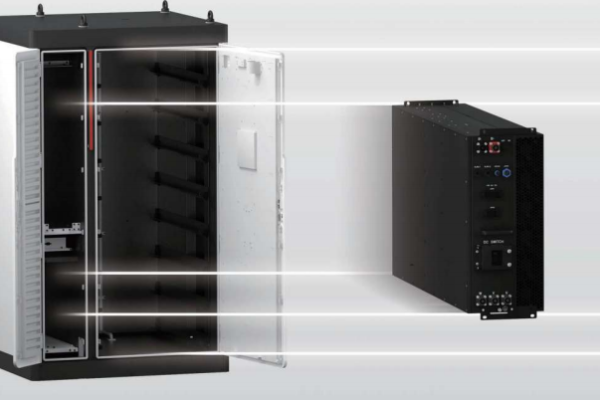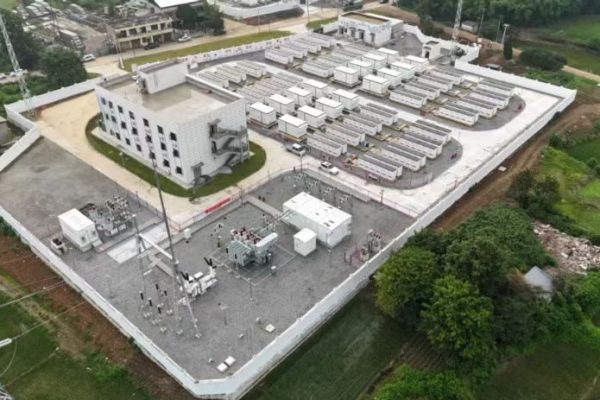Choosing the Right Deployment Model for Mid-Sized Storage Projects
1. Why the Deployment Model Matters
As the C&I energy storage market grows, project developers face a key choice:
- Buy a containerized ESS solution (pre-engineered, factory-tested, delivered as a plug-and-play unit).
- Assemble on-site (using separate batteries, inverters, switchgear, and auxiliary systems).
Both approaches can deliver a 100kWh–1MWh system, but they differ significantly in cost, speed, customization, and serviceability.
2. What Is a Containerized ESS?
A containerized ESS is a pre-integrated unit—often housed in a 20 ft or 40 ft container—that includes:
- Battery racks with BMS
- Inverters and switchgear
- Cooling and fire suppression
- Energy management system (EMS)
- Safety and compliance certification
It arrives on-site as a single “plug-and-play” product, requiring only electrical hookup and commissioning.
3. What Is On-Site Assembly?
On-site assembly involves sourcing components individually:
- Battery packs or racks
- Power conversion systems (PCS/inverters)
- Protection devices, fuses, cabling
- HVAC, monitoring, and safety systems
The integrator configures and wires the system on-site, building a customized solution for the client.
4. Pros of Containerized ESS
✅ Faster Deployment
- Factory integration means projects can be installed in days, not weeks.
✅ Quality Assurance
- Pre-tested and certified as a complete unit.
- Fewer integration risks compared to on-site builds.
✅ Compact Footprint
- Optimized design ensures space-efficient layouts.
✅ Safety Features Built-In
- Fire suppression, HVAC, and monitoring pre-installed.
✅ Scalability
- Easy to add more containers as the project grows.
👉 Best for: Standardized mid-sized projects, urgent deployments, or clients needing guaranteed performance.
5. Cons of Containerized ESS
❌ Higher Upfront Cost
- Pre-integration adds premium pricing compared to raw components.
❌ Limited Customization
- Fixed container sizes (e.g., 20 ft/40 ft) may not fit unique site layouts.
❌ Transport and Handling
- Requires cranes and heavy transport logistics.
❌ Vendor Lock-In
- Usually tied to a single supplier’s ecosystem (batteries, EMS, inverters).
6. Pros of On-Site Assembly
✅ Lower Initial Cost
- Components can be sourced from multiple vendors for price competition.
✅ Flexibility
- Tailor design to site-specific needs (indoor, rooftop, or modular enclosures).
✅ Upgrade Options
- Easier to replace or upgrade individual components over time.
✅ Local Value Creation
- Supports local labor and service providers.
👉 Best for: Sites with unique layouts, cost-sensitive projects, or markets with skilled local installers.
7. Cons of On-Site Assembly
❌ Longer Installation Time
- Weeks instead of days, especially with complex wiring.
❌ Higher Risk of Integration Errors
- Compatibility issues between battery packs, PCS, and EMS are common.
❌ Inconsistent Quality
- Depends heavily on installer expertise.
❌ Certification Challenges
- Harder to get full system certification; may delay approvals.
8. Key Decision Factors
When deciding between containerized and on-site systems, consider:
- Project timeline: Is speed a priority?
- Site space: Is there room for a full container?
- Budget: Is CapEx more constrained, or is lifecycle cost more important?
- Regulatory environment: Some regions prefer fully certified containerized systems.
- Local capabilities: Do local installers have ESS experience?
9. Hybrid Approach
Some integrators take a hybrid path:
- Pre-integrated battery racks + BMS shipped from the factory.
- PCS, switchgear, and EMS integrated on-site.
This offers a balance between quality assurance and local flexibility.
There is no one-size-fits-all solution:
- Containerized ESS = speed, safety, and predictability.
- On-Site Assembly = flexibility, lower cost, and customization.
For 50kW–200kWh mid-sized systems, containerized solutions often win on time-to-market and compliance, while larger or highly customized projects may still justify on-site builds.
The right choice depends on your client’s priorities, local regulations, and available expertise.









